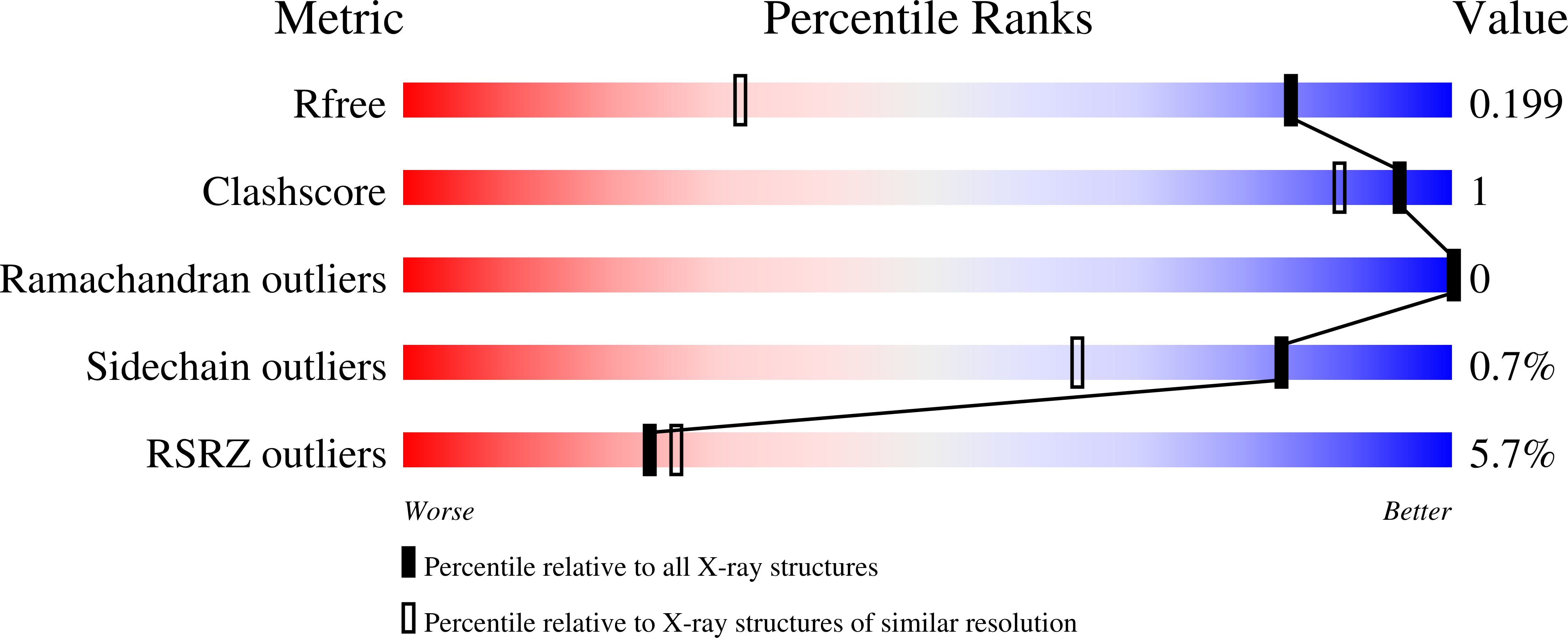
Deposition Date
2020-04-02
Release Date
2020-11-04
Last Version Date
2024-11-13
Entry Detail
PDB ID:
6WES
Keywords:
Title:
Crystal structure of the effector SnTox3 from Parastagonospora nodorum
Biological Source:
Source Organism:
Host Organism:
Method Details:
Experimental Method:
Resolution:
1.36 Å
R-Value Free:
0.19
R-Value Work:
0.17
R-Value Observed:
0.17
Space Group:
C 1 2 1


